Top 10 Most Common Addictions
Did you know cigarettes cost the United States over $193 billion every year in medical expenses and lost productivity? Even with different drug addiction campaigns, it’s no secret that the drug menace is not about to end.
But which drugs and substances cause the most common addictions?
Read on to discover what are the top 10 most addicting drugs and their prevention strategies.
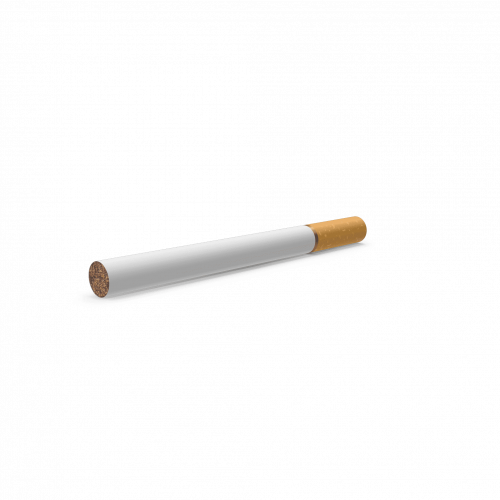
1. Nicotine (Tobacco)
Nicotine is an addictive substance that is found in tobacco. It affects both dopamine and serotonin neurotransmitters in ways that enhance mood or reduce stress. It is a stimulant drug that increases heart rate and blood pressure and is responsible for the addictive properties of tobacco.
When someone smokes a cigarette, nicotine is quickly absorbed into the bloodstream and goes to the brain. There, it causes the release of dopamine, which creates a feeling of pleasure. The feel-good thing is what makes people addicted to nicotine.
Nicotine from cigarettes is not only addictive, but it is also dangerous. It can cause heart disease, stroke, and lung cancer. In addition, secondhand smoke from cigarettes is also harmful to people’s health.
2. Alcohol
Alcoholic beverages have been enjoyed by humans for centuries and are now consumed in almost all parts of the world. It is a psychoactive drug that causes euphoria, relaxes inhibitions, and impairs judgment. Alcohol is a depressant that slows down the activity of the central nervous system.
The Centers for Disease Control and Prevention report that excessive drinking cost the United States $223.5 billion in 2006. This includes $77.2 billion in Direct Health Care Costs and $146.3 billion in other costs such as workplace productivity, crime, and the cost of motor vehicle crashes.
When someone drinks alcohol, it is absorbed into the bloodstream and goes to the brain. Excessive use can lead to alcoholism, liver cirrhosis, pancreatitis, and various types of cancer. Alcohol is a significant factor in car accidents and other accidents that result in severe injury or death.
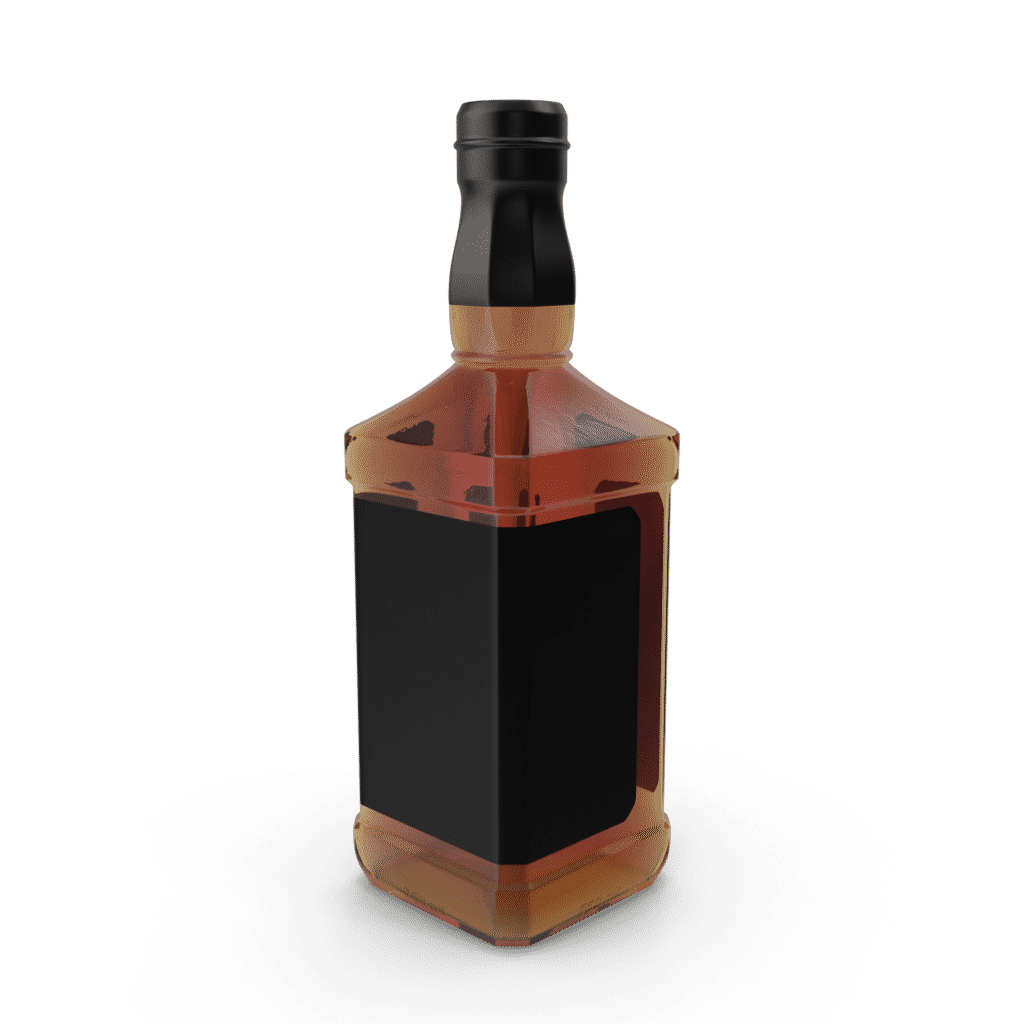
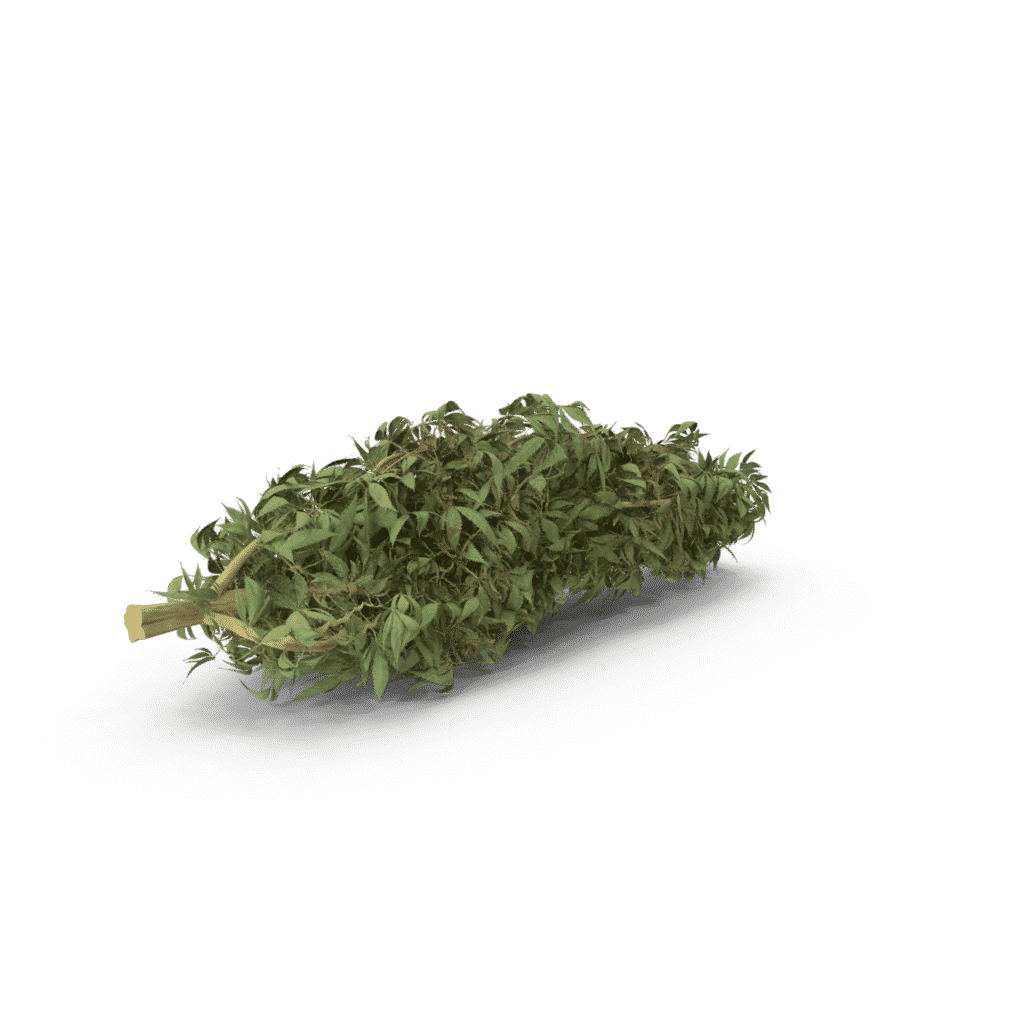
3. Marijuana
Marijuana is among the most addicting drugs. The most common form of used cannabis is the dried herb called marijuana. Yet, other drugs include hashish oil, a sticky black liquid collected from the leaves and flowers of cannabis plants. Cannabis is smoked as a cigarette joint, pipe, or bong. When cannabis is ingested in food, it is called edibles.
According to the National Institute on Drug Abuse, marijuana can affect memory, learning ability, motor coordination, and concentration. It affects cannabinoid receptors found in the brain, altering mood, thinking processes, and sensory perceptions.
Some people use marijuana because they feel it makes them more creative or relaxed. Others use it to relieve pain, anxiety, or nausea. Marijuana addicts may have trouble meeting work, school, or family obligations.
4. Painkillers
Painkillers are drugs used to treat pain and are classified as opioid drugs. Opioids are drugs prepared from opium or its chemical derivatives. Painkillers also include Vicodin, methadone, oxycodone, and fentanyl. They’re known for relieving pain, but they have dangerous side effects.
Opioids are highly addictive and cause respiratory depression, mainly when mixed with alcohol or other narcotics. Over 2 million Americans are addicted to opioid painkillers, according to NIDA. Opioid addiction can cause many serious health problems, including fatal overdoses.
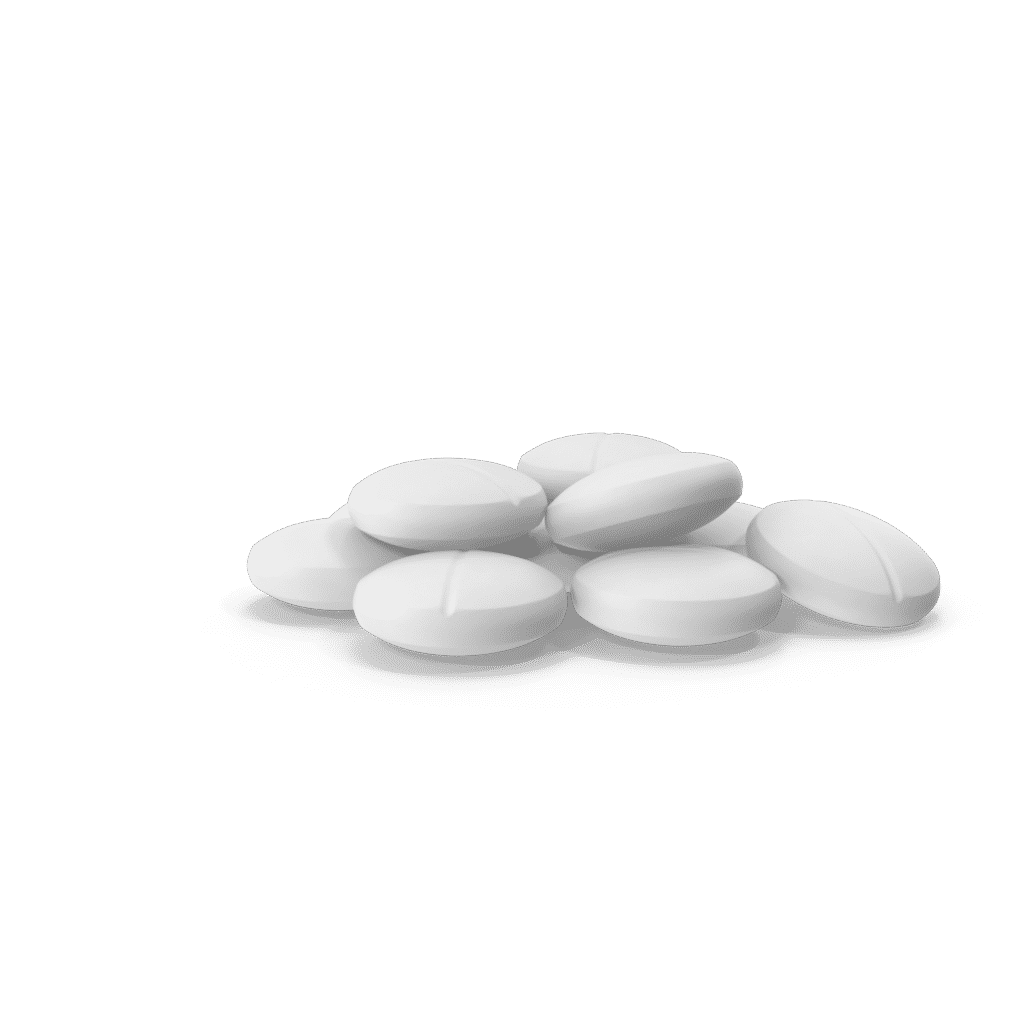
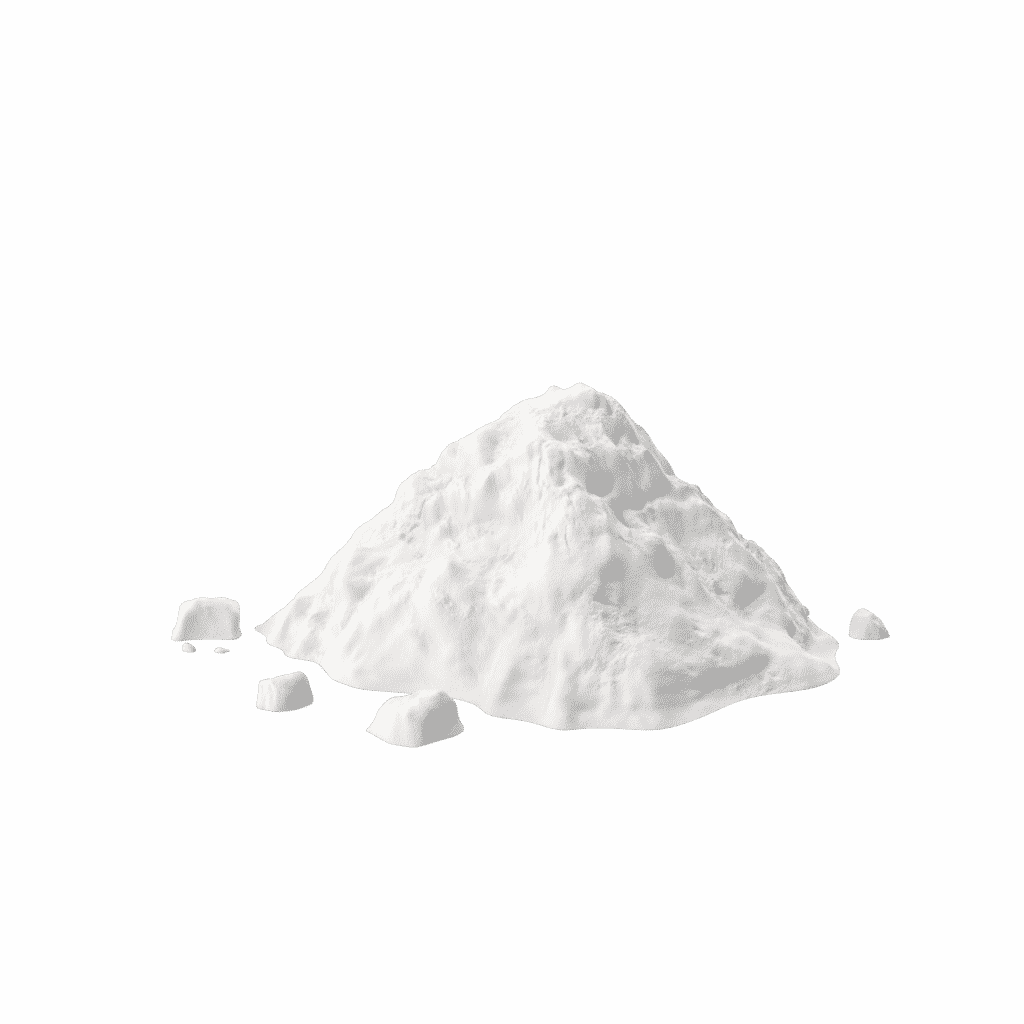
5. Cocaine
Cocaine comes from a leaf called coca plant that grows on the eastern slopes of the Andes Mountains of South America. Cocaine appears as a white powder or crystals dissolved in water or alcohol.
This stimulant blocks the reuptake of dopamine, serotonin, and norepinephrine in the brain. It increases the amount of these neurotransmitters available and results in an elevated mood, increased energy, and decreased appetite.
Cocaine can be snorted, injected, or smoked. Cocaine abuse can cause several serious health problems, including heart attacks, strokes, seizures, and respiratory failure.
6. Heroin
Heroin is an illegal drug made from morphine, a naturally occurring substance extracted from the seed pod of the opium poppy plant. Heroin can be a white or brown powder or a black sticky substance known as “black tar heroin.”
Heroin is usually injected, smoked, or sniffed. It brings out feelings of euphoria and relaxation. It also decreases the user’s ability to feel pain. Heroin addiction is a chronic relapsing disease characterized by compulsive drug seeking and use, despite harmful consequences.
Heroin use can cause respiratory depression, coma, and death.
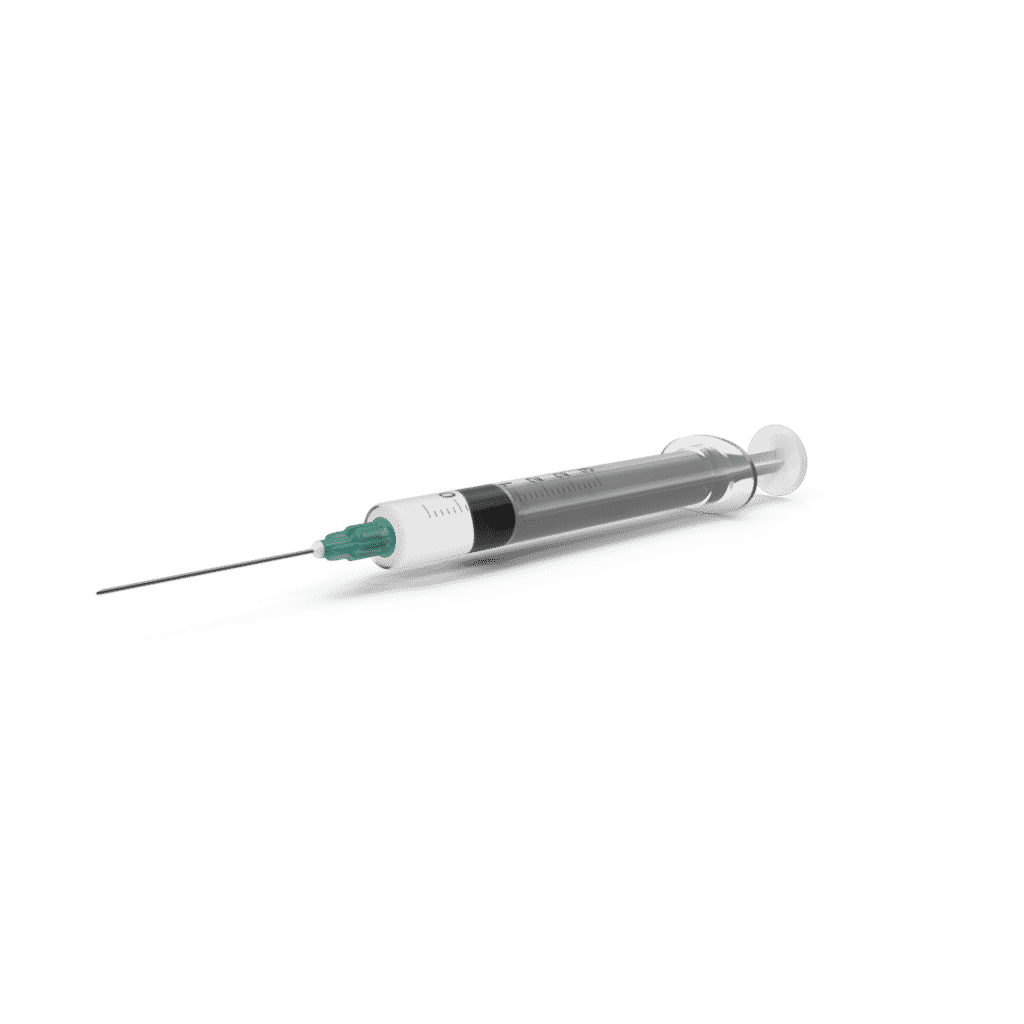
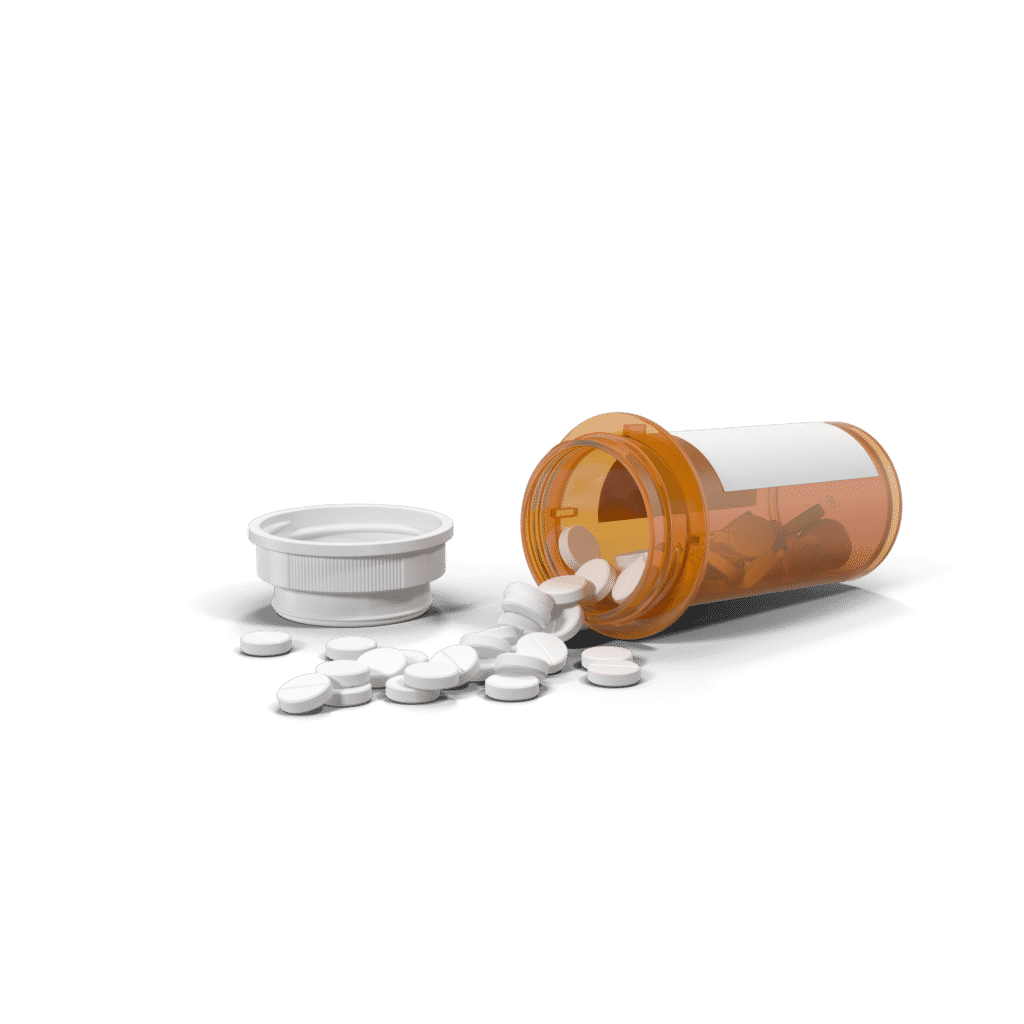
7. Benzodiazepines
Benzodiazepines are a class of drugs used to treat anxiety, panic attacks, insomnia, and seizures. These drugs work by increasing the activity of a chemical in the brain called gamma-aminobutyric acid (GABA), which results in relaxation and anti-anxiety effects.
Benzodiazepines come as pills, solutions for injections, and syrups. This class of drugs is very harmful if taken with alcohol or opiates such as heroin or painkillers. It can cause sedation, drowsiness, headaches, nausea, and memory loss.
Many people consider it safe when used under medical supervision but benzodiazepines. However, according to Drug Abuse Warning Network reports, it’s the most widely misused prescription medication in America. Some common Benzodiazepine drugs are Xanax, Klonopin, Valium and Ativan.
8. Stimulants
Stimulants are a class of drugs that include prescription medications such as Adderall Ritalin and illegal drugs such as cocaine. Stimulants increase alertness, attention, and energy and elevate blood pressure, breathing rate, heart rate, and blood sugar.
People who abuse stimulants may be at increased risk of dependence and addiction. Long-term use of large doses or prolonged use can cause several serious health problems.
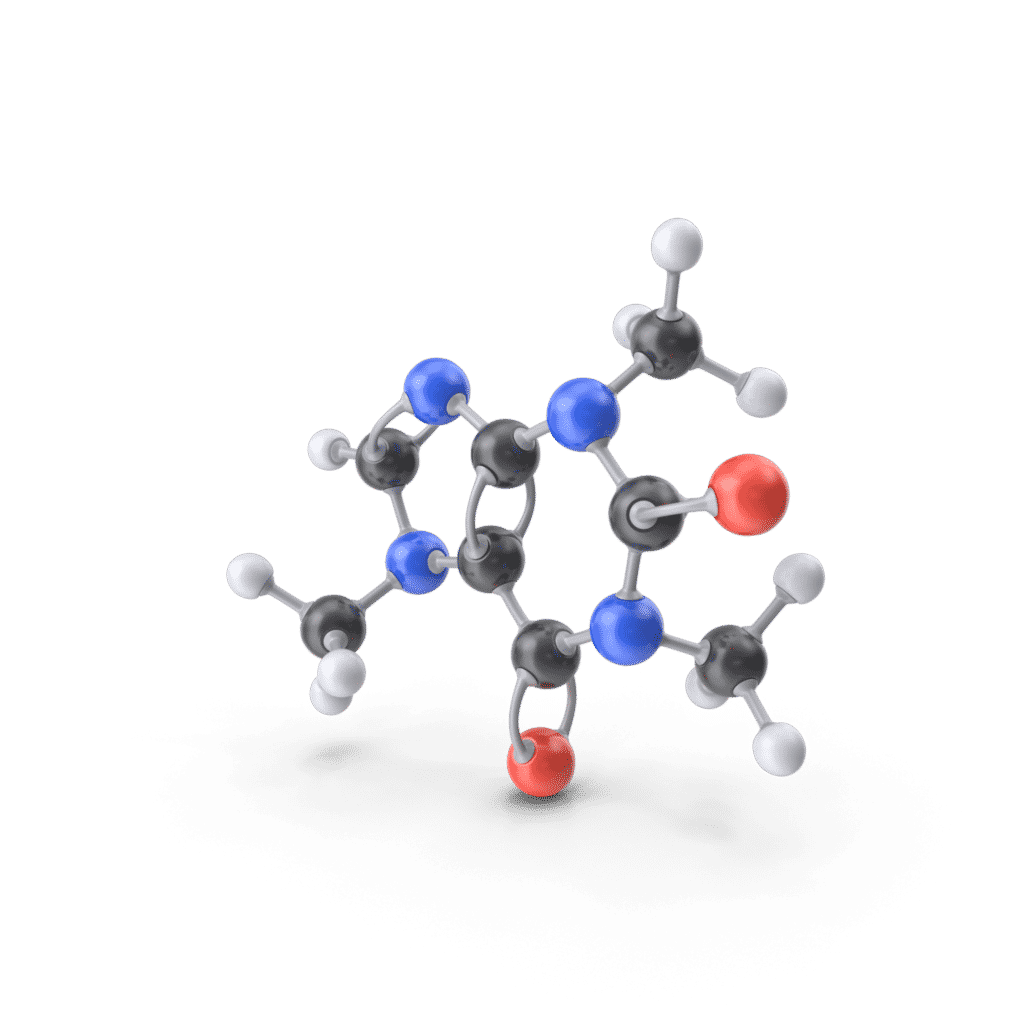
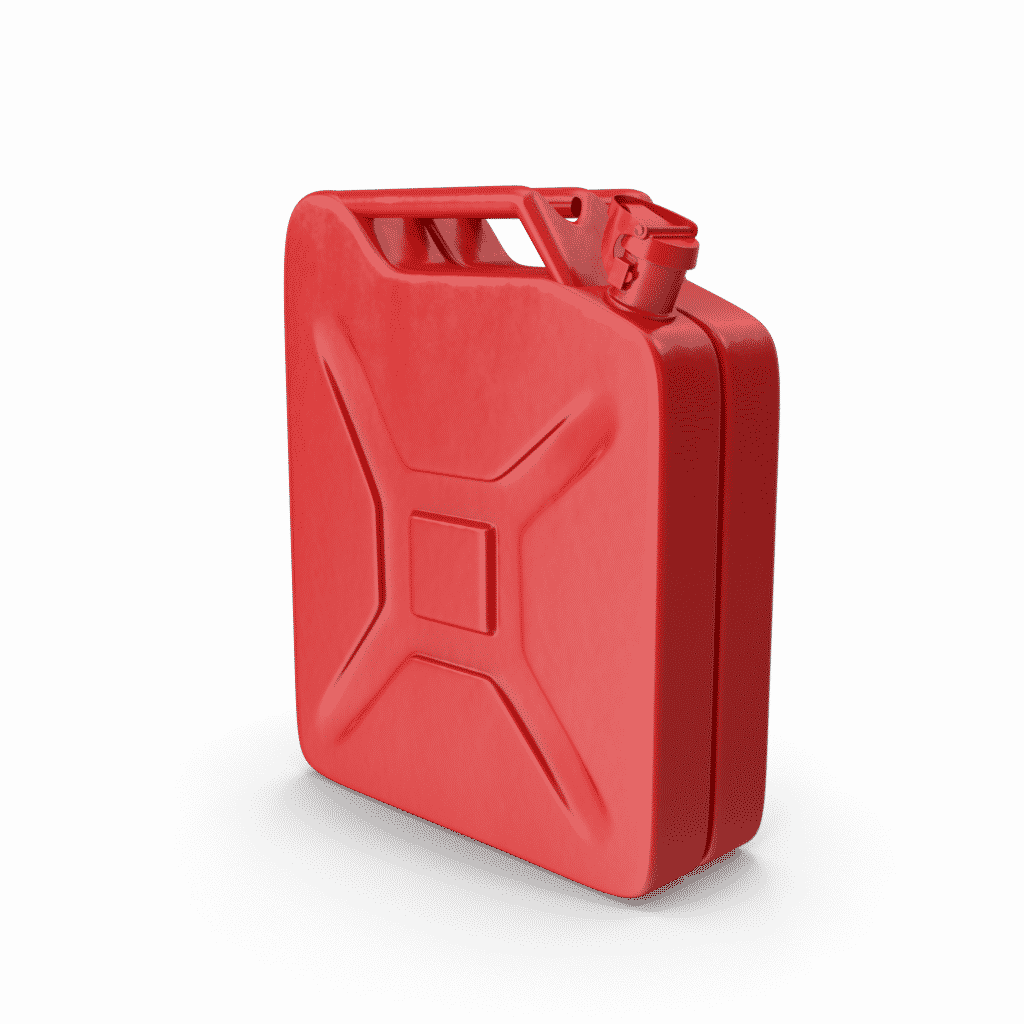
9. Inhalants
Inhalants are a class of drugs that include gasoline, solvents, paint thinner fumes from a can, glue from a tube, or aerosol sprays. It also includes cigarette lighters containing butane gas and nitrites such as amyl nitrite “poppers.”
The effects produced depend on the dose and method of administration. Yet, they all share a rapid onset and short duration. Inhalants can cause severe health problems, including death.
10. Sedatives (barbiturates)
Sedatives are a class of drugs that includes barbiturates and benzodiazepines. They work by slowing down the activity of the central nervous system. They are prescribed to treat anxiety, tension, and sleep disorders.
Sedative abuse can cause many serious health problems, including overdose and death. Mixing sedatives with alcohol or other drugs can be very dangerous.
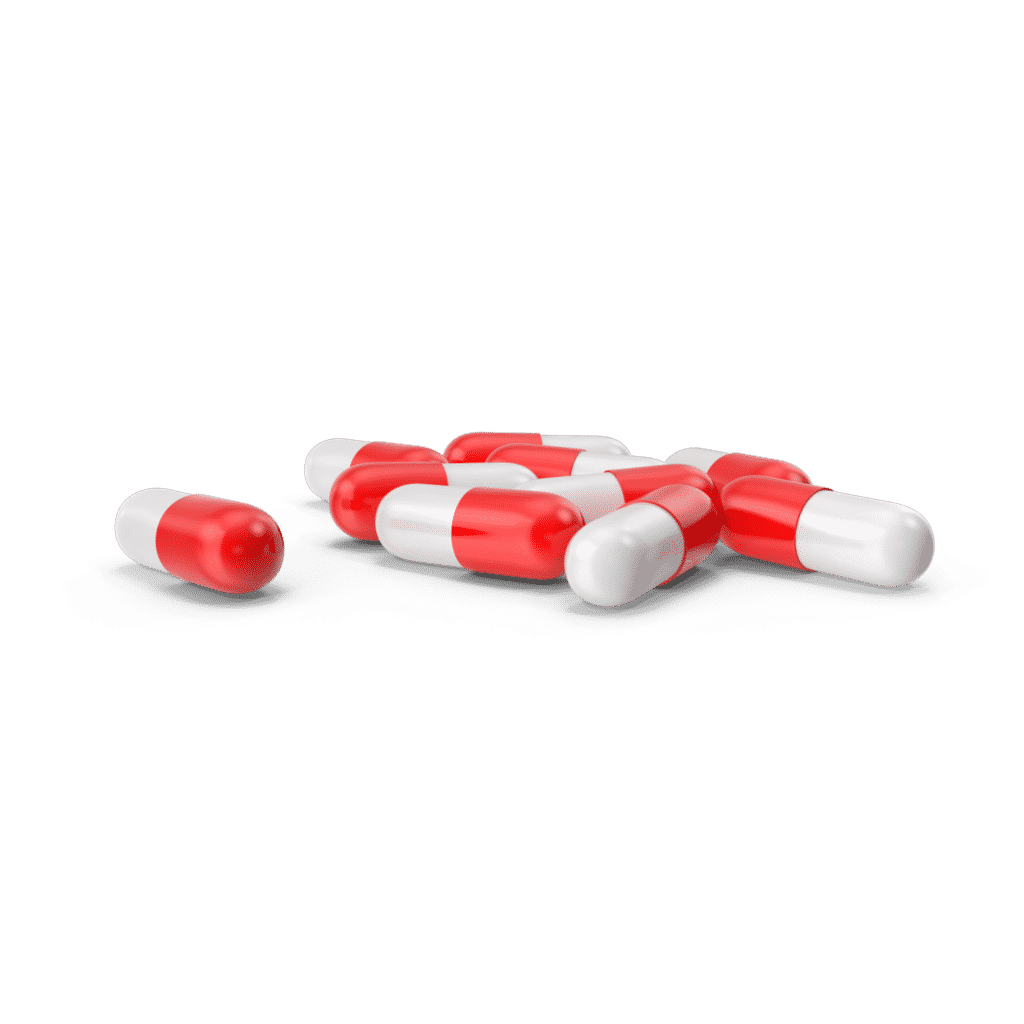
Tips on How to Prevent Drug Addiction
Are you struggling with substance abuse, and you’re wondering how to prevent drug addiction? It’s a struggle that most people go through every day. Fortunately, there are many treatment options available for your condition like a high-quality rehabilitation center specializing in treating addictions of all kinds.
Know Yourself
The most crucial step to preventing drug addiction is knowing yourself and your limits. If you don’t know these limits, how can you expect to keep them?
Knowing yourself means recognizing the good and bad influences in your life and learning what motivates you. It’s about understanding your personal triggers for negative behaviors like drugs or alcohol abuse.
It’s also beneficial to look at where you get your information from and who you surround yourself with socially, online and offline. Learn to create a healthy support network of family and friends. That will help inspire a positive outlook on life.
Everyone has their weaknesses. It’s identifying those weaknesses early on that can give you the chance to change them.
Stay Healthy
A healthy body is a powerful body, including mind and spirit. Eat balanced and nutritious meals; get enough exercise and adequate sleep. These things help keep your mind and body functioning at their best and make you less susceptible to drug addiction.
If you find yourself struggling with drug addiction, it’s essential to seek professional help as soon as possible. There’s no shame in admitting that you need help. It takes a lot of strength and courage to do so.
Educate Yourself
It’s not about knowing yourself but also understanding the dangers of drug addiction and what it can do to your life. The more you know about drugs and their effects on the body and mind, the less likely you are to succumb to their temptation.
Drug education doesn’t have to come from formal learning institutions either. There are many great resources online that can provide you with reliable information on drug addiction and how to prevent it.
Set Boundaries
One of the best ways to prevent drug addiction is by setting boundaries for yourself and refusing to let drugs cross those boundaries. Stop hanging out with friends who do drugs. Steer clear of parties or other social events where alcohol or drugs are used.
Learn to say no when someone offers you drugs.
Create Healthy Habits
Drug addiction thrives on a routine like people, places, and things. The more you can avoid these potentially addictive triggers and replace them with new patterns, the less you will succumb to drug addiction.
Whether it’s quitting smoking or drinking coffee, deciding to replace your usual after-dinner cigarette with a nightcap or cup of chamomile tea can help prevent drug addiction.
Develop Good Coping Mechanisms
Everyone has their own vulnerabilities. We all have our weak points and triggers that could put us at risk for drug addiction. It’s essential to have healthy coping mechanisms in place so that if and when these weak points are exposed, we have something to fall back on instead of turning to drugs to cope.
This could be anything from journaling, painting, listening to music, spending time outdoors in nature, meditating, or practicing yoga.
Get Organized
This one goes hand-in-hand with developing good habits. When our lives are cluttered and unorganized, it can be difficult not to turn to drugs to cope. By taking some time each day or week to get your life organized and in order, you’ll be less likely to feel overwhelmed and stressed out.
Take Care of Yourself
If you’re not taking care of yourself, you’re more likely to fall victim to drug addiction. Make sure you’re eating a balanced diet, getting enough exercise and sleep, and spending time with your loved ones. These things will help keep you strong physically and mentally, making it impossible for drugs to take over your life.
Seek Professional Help
If you feel you’re struggling with drug addiction or could not overcome it on your own, it’s vital to seek professional help as soon as possible. A qualified therapist or counselor can provide you with the best tools and the support you need. Our addiction recovery center can offer the necessary support and help you get rid of addiction.
Set Goals and Take One Day at a Time
Once you acknowledge the problem, set some realistic goals for yourself. These could be things like staying sober for a week, a month, or longer. It becomes easier to stay away from drugs when you have tangible goals to achieve.
Another helpful strategy is to take things one day at a time. This way, you don’t think about the future and only focus on the present moment. If you can successfully do this, there’s no room for drug addiction in your life.
Common Addiction Recovery Strategies
There are many addiction prevention and recovery strategies that can be useful for people struggling with addiction. Some of the most common strategies include detoxification, rehabilitation, and counseling.
Detoxification
It is the process of removing all traces of a drug from the body. This can be done through various methods, including medication, therapy, and support groups. Detoxification is an essential step in recovering from addiction. It helps to rid the body of any harmful toxins that may be causing cravings.


Rehabilitation
This is a healing process that takes place in a residential setting. It involves a combination of therapies, such as individual counseling, group counseling, and family therapy. Rehabilitation can help people learn how to cope with their addiction and develop healthy coping mechanisms.
Counseling
It is a key component of addiction prevention and recovery. Counseling can help people understand the root causes of their addiction and learn how to manage their cravings. It can also help them to rebuild relationships that have been damaged by addiction.
Each type of counseling has its unique benefits and can be tailored to meet the specific needs of the individual.


Behavioral Therapy
This type of therapy helps people change their behavior to stop using drugs or alcohol. Therapists will often use various techniques like cognitive-behavioral therapy and motivational interviewing to help people overcome their addiction.
Medication-assisted Therapy
This type of therapy uses medications to help people reduce their cravings for drugs or alcohol. The most common medications used in this type of therapy include naltrexone, methadone, and acamprosate. It can help reduce cravings and withdrawal symptoms associated with quitting alcohol or drugs.
Other treatment methods include inpatient and outpatient services. Although all of them have pros and cons, you must listen to what the doctor says.

Start Your Treatment Program from Most Common Addictions Today
Do you struggle with drug addiction or want to help your loved ones embrace sobriety again but don’t know where to get the best addiction recovery programs? At our San Diego Rehab Center, we offer different drug and substance treatment programs for the most common addictions.
Using clinically designed programs, all our addiction patients receive individualized care. Contact us today to start a healthy and lasting recovery process.
